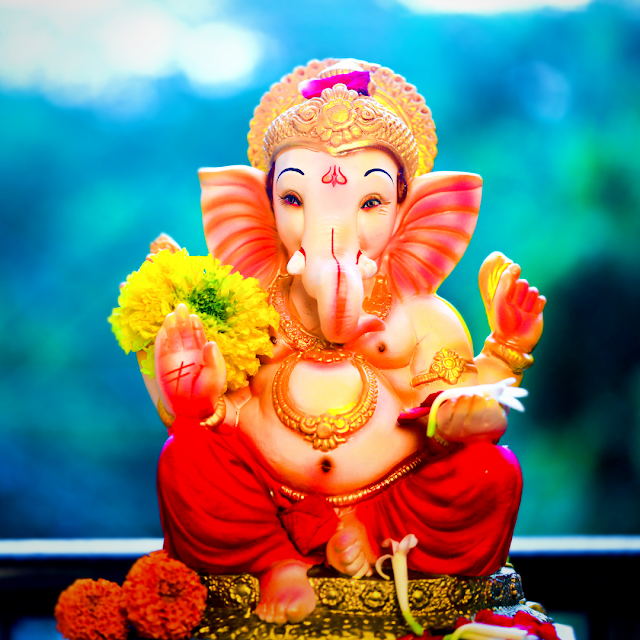In the vibrant tapestry of Indian festivals, Ganesh
Chaturthi holds a special place as one of the most beloved and widely
celebrated occasions. It marks the birth of Lord Ganesha, the elephant-headed
deity, who is revered as the remover of obstacles and the patron of wisdom, intellect,
and new beginnings. Ganesh Chaturthi, celebrated with great fervor and
enthusiasm across India, culminates on Anant Chaturdashi, the grand finale that
brings the festivities to a spectacular close.
The Significance of Anant
Chaturdashi:
Anant Chaturdashi, also known as Ganesh Visarjan, falls on
the fourteenth day of the waxing moon in the Hindu month of Bhadrapada (usually
in August or September). This auspicious day holds great significance in Hindu
mythology and is observed with a mix of devotion and cultural exuberance.
The word "Anant" means eternal or infinite, and
"Chaturdashi" refers to the fourteenth day. On this day, devotees bid
adieu to Lord Ganesha, who had been their cherished guest in the form of
beautifully crafted idols for the preceding ten days. It is believed that as
Lord Ganesha departs, he takes away with him the misfortunes, obstacles, and
difficulties from the lives of his devotees, clearing the path for a smoother
journey ahead.
The Rituals of Anant
Chaturdashi:
Visarjan (Immersion): The highlight of Anant Chaturdashi is
the immersion of Ganesha idols in water bodies, symbolizing the deity's return
to his celestial abode. Devotees carry the idols in grand processions,
accompanied by music, dance, and fervent chanting of "Ganpati Bappa Morya"
(O Lord Ganesha, come again soon). The immersion signifies the cyclical nature
of life, where beginnings and endings are part of the eternal cosmic dance.
Anant Sutra: During the immersion, many households tie a
sacred thread known as the "Anant Sutra" on their wrists. This thread
is usually made of 14 or 21 strands, each signifying a form of Lord Ananta (the
infinite) and symbolizing eternal bonds of love, friendship, and goodwill.
People make wishes and vow to uphold the sanctity of these bonds.
Charitable Acts: On Anant Chaturdashi, it is considered
virtuous to engage in acts of charity, feeding the needy, or making donations
to the less fortunate. This practice reflects the spirit of giving and
compassion, which are central tenets of Hinduism.
Celebrations Across India:
The celebration of Anant Chaturdashi varies across different
regions of India, but the core rituals and sentiments remain the same. In
Maharashtra, the state where Ganesh Chaturthi is celebrated with the most
fervor, the immersion processions are particularly grand and extravagant, with
thousands of devotees participating. Mumbai's Girgaum Chowpatty and Pune's
Kasba Ganpati visarjan are famous for their spectacular festivities.
In other parts of India, such as Andhra Pradesh, Karnataka,
and Tamil Nadu, the immersion of Ganesha idols is also marked with enthusiasm
and devotion. In these regions, the festival is known as Vinayaka Nimajjanam or
Ganesh Nimajjanam.
Conclusion:
Anant Chaturdashi is a celebration of faith, renewal, and
the eternal cycle of life. It is a day when devotees bid farewell to Lord
Ganesha with a heavy heart but with the belief that he will return the
following year to bless their homes and lives once again. Beyond the religious
aspect, Anant Chaturdashi also emphasizes the values of unity, community, and
the importance of letting go, making it a festival that holds a special place
in the hearts of millions of Indians and stands as a testament to the rich
cultural and spiritual heritage of the country.




No comments:
Post a Comment